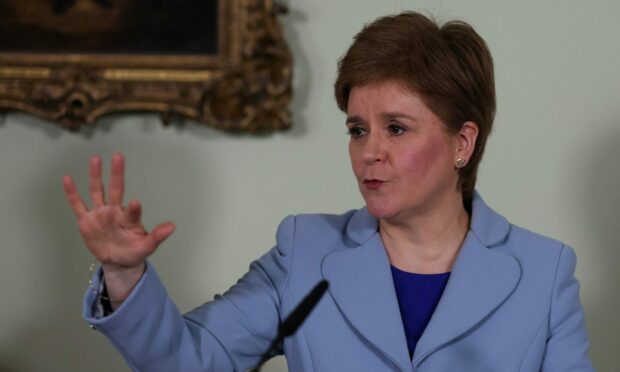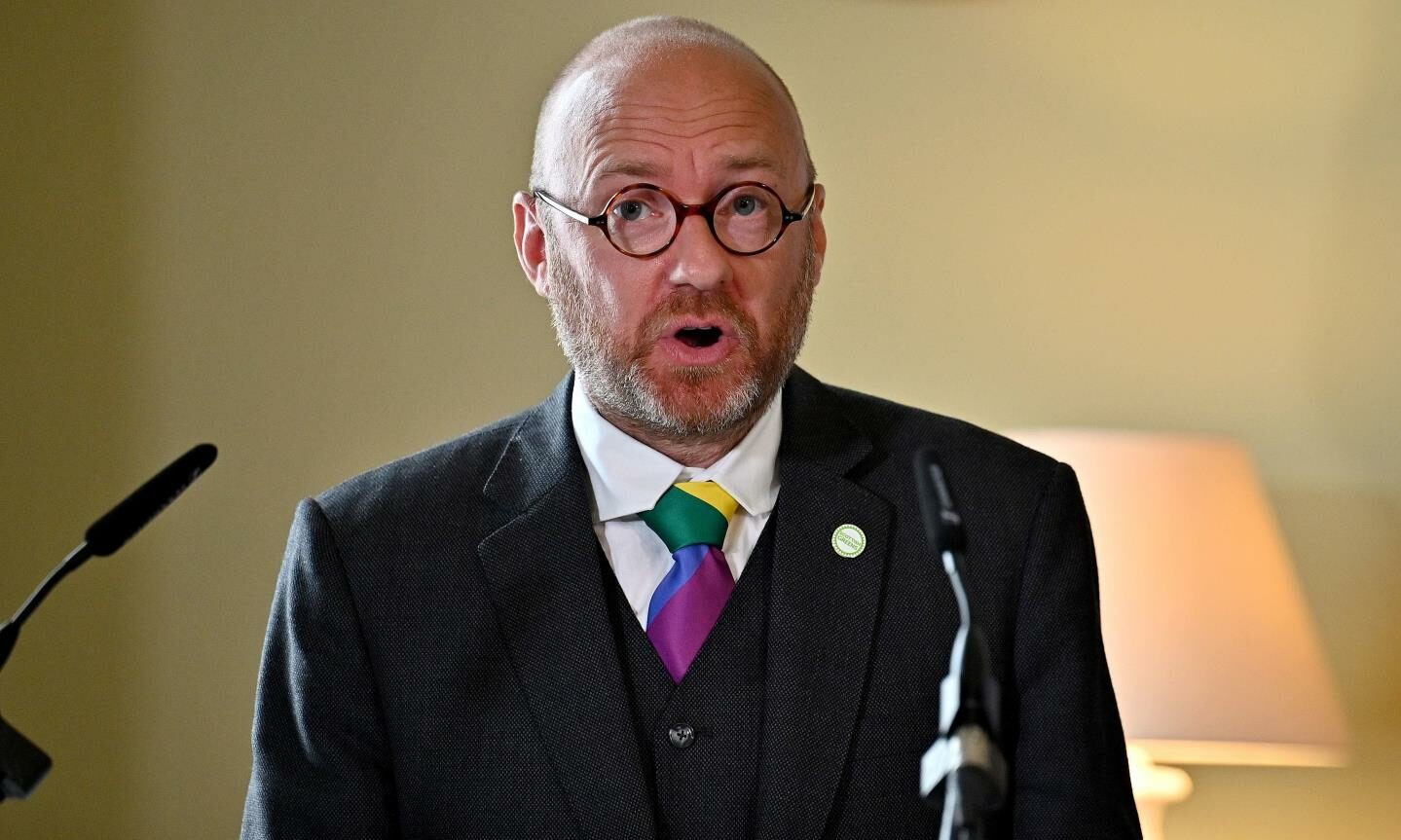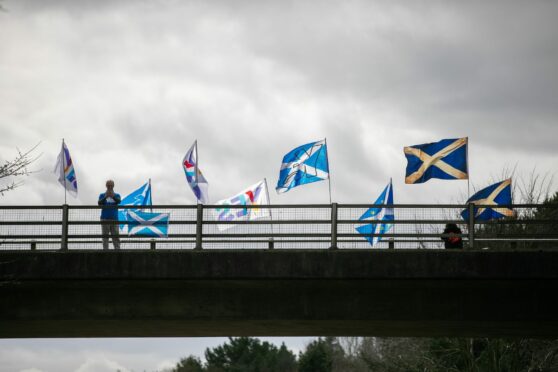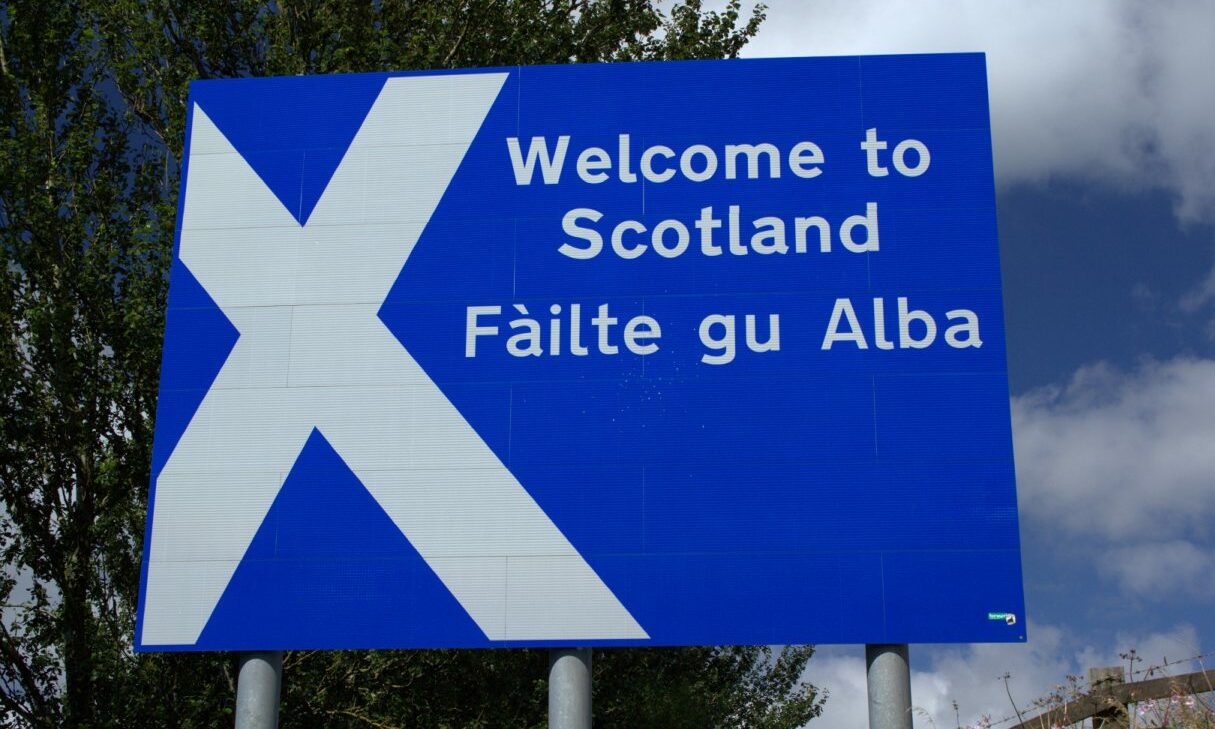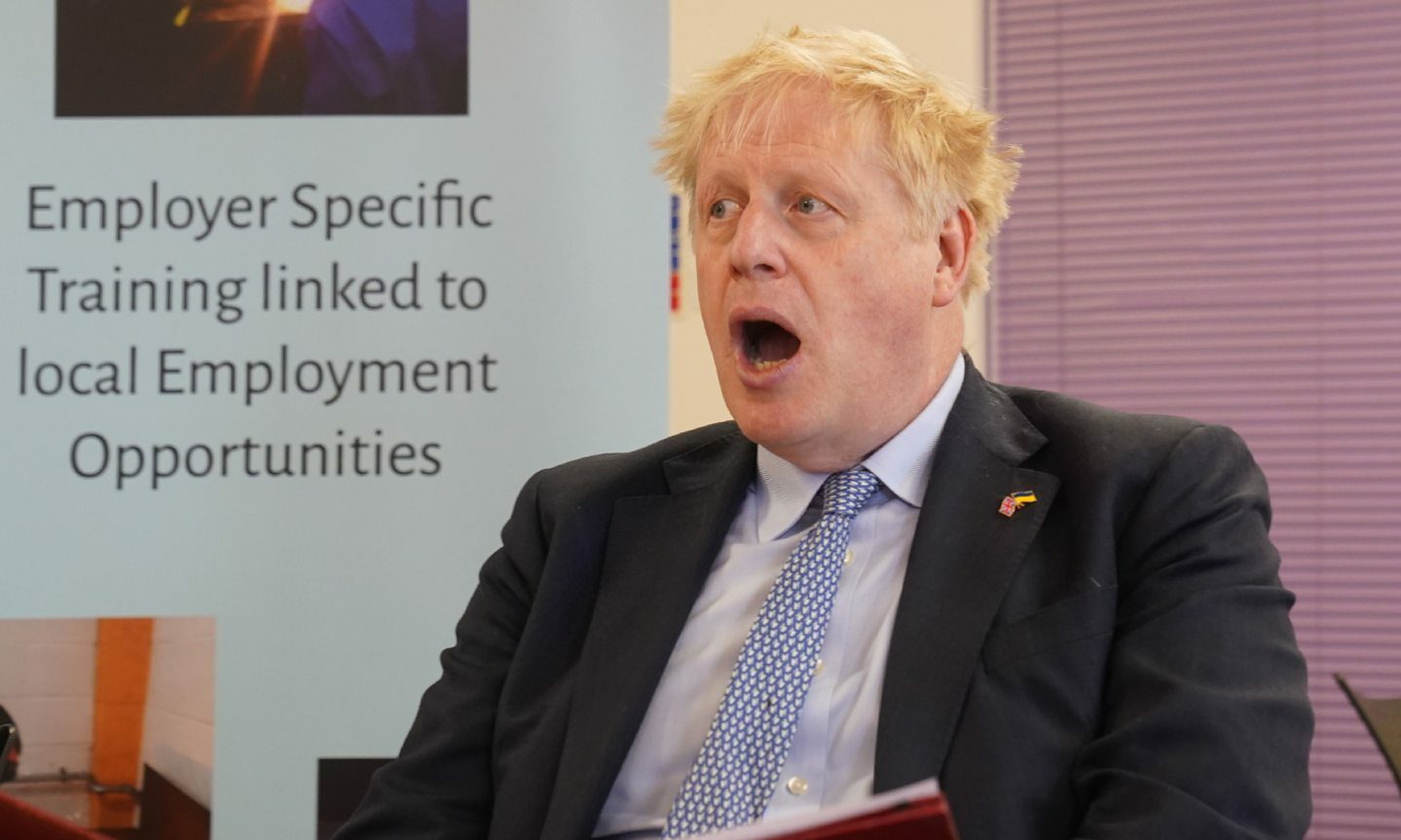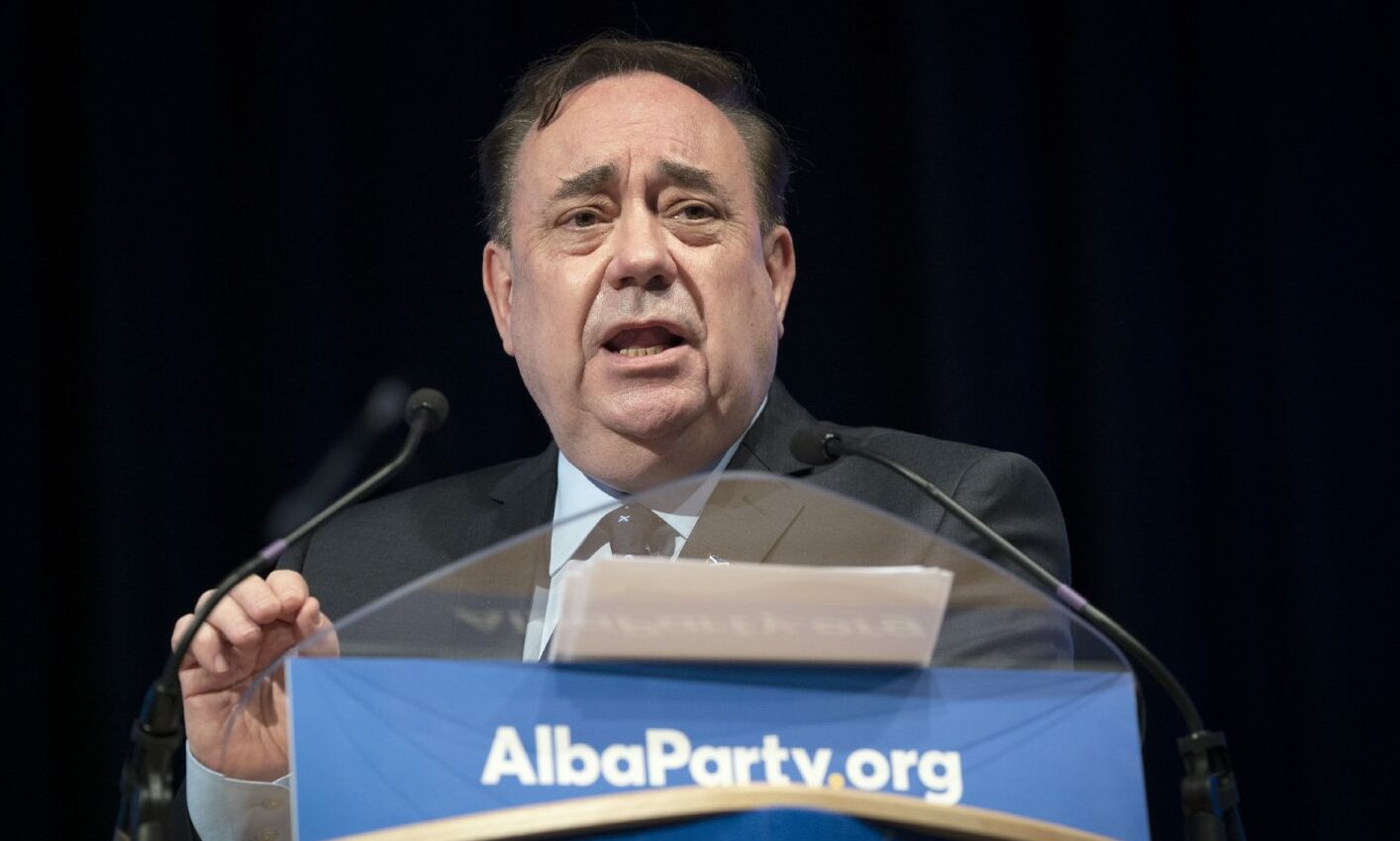Nicola Sturgeon marked a refreshed campaign for independence by insisting Scotland will be able to hold a second referendum despite UK Government refusal.
The first minister went as far as naming a date and sending her plans to the highest court in the land to test its legality.
Ms Sturgeon also claimed the next general election could become a single-issue “referendum” if Westminster continues to block all other routes.
The plan, announced on June 28, followed the first in a series of glossy pamphlets detailing why the SNP and Greens believe Scotland should leave the UK.
But as the legal battle begins, what do we still need to know before any decision is made?
1. When is this referendum?
The first minister wants to hold an independence vote on October 19, 2023.
But with Westminster opposed, Ms Sturgeon cannot guarantee a ballot at this stage.
The SNP leader still wants a formal agreement with the UK Government, who are resolutely opposed.
Or she needs to explain how a vote could still be held and, more importantly, recognised.
2. So how can the SNP legally secure a vote?
The easiest route to a referendum for Ms Sturgeon would be to obtain a “section 30 order” from Westminster. It’s the technical name for the legal agreement which allowed the vote to happen in 2014.
However, Mr Johnson’s refusal to allow a second vote means the first minister will have to explore an alternative approach.
Ms Sturgeon insists Scotland has a mandate to hold a ballot after last year’s Holyrood election and is now testing that in the UK’s Supreme Court.
She maintains any referendum must be “lawful”.
The court might say it’s nothing to do with them, or signal a green light for Holyrood.
But that’s no guarantee the UK Government will play along. If that happens, we’re in uncharted territory.
Ms Sturgeon says it could end being a general election that settles the question.
In that unprecedented scenario, the SNP would stand for independence only and present a majority of votes as the will of the people.
3. What happens to the border with England?
Unionists say an independent Scotland would be required to erect a “hard” border with England in the aftermath of Brexit, with Britain no longer in the EU.
While the first minister refused to clarify her stance during a press conference in June, she accepted there could be regulatory and customs issues if there was a difference either side.
It’s feared a hard border would cause significant economic damage to trade between Scotland and England.
On June 14, Ms Sturgeon said: “If we are in the Single Market, and the rest of the UK is outside the Single Market, then yes there are issues in terms of regulatory and customs requirements.
“I’m not saying these challenges don’t exist – but they can be managed in such a way they don’t present disadvantages to businesses.”
4. Would Scotland rejoin the EU?
The SNP opposed Brexit in 2016 and the first minister would still back EU membership for the nation.
However, there is no guarantee Scotland would automatically be granted entry, since all current member states would have to agree.
But Ms Sturgeon has repeatedly said she would not repeat the “mistakes” of Boris Johnson.
“Brexit has ripped us out of the EU and the single market against our will, with massive damage to trade, living standards and public services,” she said at the launch of the first independence paper.
5. What currency would we use?
Ms Sturgeon says questions over currency will be answered in future policy papers as the campaign for independence is ramped up.
So the question – one of the biggest unknowns among voters – is knocked on again.
The UK Government’s position is that now is not the time to be talking about another referendum.”
– PM’s spokesman
In 2014, the SNP backed continuing to share a currency with the rest of the UK despite senior Tories insisting this would not be allowed.
Since then the nationalists have indicated they would back a new Scottish pound being created if a vote for independence succeeds.
6. How has Boris Johnson reacted?
At Bute House on June 14, Ms Sturgeon stared down the camera lens to challenge the PM.
On June 28, she went further by sending him a letter spelling out her request.
Mr Johnson remains opposed.
However, Mr Johnson said he would study the Scottish Government’s newly published referendum bill “carefully”.
After the date was named by Ms Sturgeon, he said: “The focus of the country should be on building a stronger economy, that’s what we’re doing with our plan for a stronger economy and I certainly think that we’ll be able to have a stronger economy and a stronger country together.”
Prominent Tories insist the contentious matter was settled in 2014, but Ms Sturgeon has accused the prime minister of lacking respect for democracy.
Scottish Tory leader Douglas Ross calls the plan a “pretend poll” and says he won’t take part.
7. Can old wounds heal with Alex Salmond?
When Alex Salmond was the figurehead for independence in 2014, Ms Sturgeon was his trusted deputy and a key ally.
Since then the pair have had a bitter rift, with Mr Salmond now leading his breakaway Alba Party.
Ms Sturgeon’s predecessor has regularly accused her of being slow to act on a second referendum.
But he vowed recently that he would be willing to work with Ms Sturgeon to help promote the cause of independence.
The first minister refused to be drawn on whether she would campaign with Mr Salmond when quizzed on the matter.
In fact, she said sharing a stage with her former mentor was about the least important question.
After Ms Sturgeon’s renewed demand, Mr Salmond welcomed the “clarity” and said it will need a wider “grassroots” campaign.
